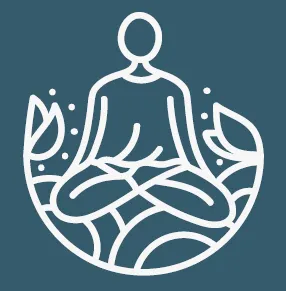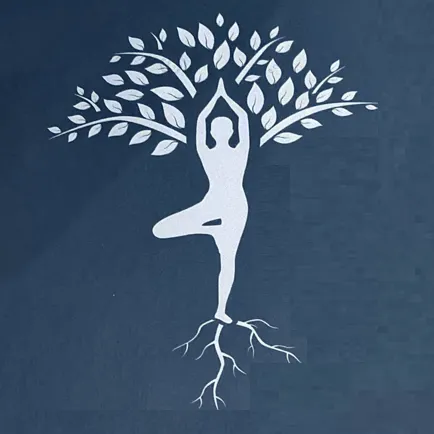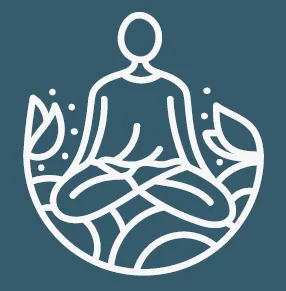Blogs
Written by Elke Hottentot

Hatha Yoga Pradipika
Hatha Yoga Pradipika
Situation of the Hatha Yoga Pradipika in time
The Hatha Yoga Pradipika (HYP) is a classic Sanskrit manual on hatha yoga written by Svami Svatmarama, a disciple of the semi-legendary Swami Gorakhsanatha. It belongs to the Tantric tradition, which was born in the IV century after JC and which reached its peak in popularity in the tenth century after BC. The HYP is part of the tradition of the Natha Yogi sect, which is principally Shivaites, founded by Gorakhsanatha and dates back to the fifteenth century after BC. It is said to be the oldest surviving text on hatha yoga. HYP translates as ‘Little light on hatha yoga’, a notion that can be traced back to Patañjali’s Yoga Sutra III - 51 and 53.[1] The notion of being initiated is important in Tantra, meaning that a discipline needs a guru in order to have access to this rich tradition.
Two important principles of the HYP
The two principals or tattva of the HYP are Śiva and Śakti. Śiva means pure masculine consciousness – latent energy also referred to as Absolute energy or Supreme Reality[2] - and is located in Ajna chakra (the 6th). Śakti is pure femine energy – also referred to as consciousness of the Absolute - manifested energy[3]; is located in the Muladhara chakra (the 1st). Each time Śakti takes on a new form it is called kundalini, the energy of prana.[4] Easwaran describes kundalini as the “serpent power, spiritual or evolutionary energy … that can be aroused through meditation or the practice of yoga”, which then “rises up through the subtle body, awakening the higher centres of consciousness.” [5] Michaël states that that the individual being – jiva – potentially is Śiva.[6] The HYP provides the practitioner, who is not conscious of the fact that he is Śiva with the understanding and tools that to awaken this spiritual energy, so as to liberate this energy in order for it to merge and next, become one with Śiva. Then, consciousness of, and Absolute energy, are united. Liberation then comes from the realization that ‘Tat tvam asi’[7] – “thou art that – Atman is Brahman – the self in each person is not different from the Godhead.”[
Content of the HYP
The HYP is divided in two parts: the first part being an introductory one that describes the four traditions to which this work belongs, namely the Natha Yogi and Shivaite, as well as that of Yoga and Tantra. The second part counts four chapters that are comprised of 389 slokas.[9] The first chapter describes, amongst other: asanas (postures); the second prana, prānāyāma (breathing techniques) and kriyas (techniques to purify the body); the third chapter mudras (gestures most of which are performed with the fingers and hands and some with the entire body) and the fourth chapter discusses the notion of samadhi (meaning unification of manas – psyche - with atman[10]).
The practices laid out in the HYP all serve to mobilize Shakti in order for it to move upwards and be absorbed by Shiva, thereby becoming one. The moment Shiva is fully integrated in shakti, the yogi reaches moksha. according to the HYP. Shakti in movement is Kundalini, which becomes the energy of prana that moves through the channels called nadi (energy canals in the body similar to meridians). Prana concentrates itself in the chakra (wheel like vortices that are force centers in the subtle body) and as a result of which the subtle energies condense into one. “It is the experience of the union of Shakti and Shiva, creation and its ground, feminine and masculine, even though they were never actually divided in the first place. It is like wetness that is never separate from water, sweetness that is never separate from sugar, and warmth that is never separate from sunlight.”[11]
[1] Michaël, T. (2008): Fayard, Paris, Hatha Yoga Pradipika - Traité de Hatha-Yoga, p. 17.
[2] Idem, p. 54.
[3] Shakti, Kundalini, and the River of Tantra Yoga. http://www.swamij.com/shakti.htm, May 4 2012.
[4] Idem.
[5] Easwaran, E. (2010). Nilgiri Press, Tomales, The Bhagavad Gita, p. 282.
[6] Michaël, T. (2008): Fayard, Paris, Hatha Yoga Pradipika - Traité de Hatha-Yoga, p. 54.
[7] Idem, p. 54.
[8] Easwaran, E. (2010). Nilgiri Press, Tomales, The Bhagavad Gita, p. 26.
[9] Burley, M. (2000): New Delhi, Shri Jainendra Press, Hatha Yoga: Its context, theory and practice, p. 7.
[10] Freely translated from Michaël, T. (2008): Fayard, Paris, Hatha Yoga Pradipika - Traité de Hatha-Yoga, IV 5 – 7, pp. 218 – 219.
[11] Shakti, Kundalini, and the River of Tantra Yoga. http://www.swamij.com/shakti.htm, May 4 2012.






